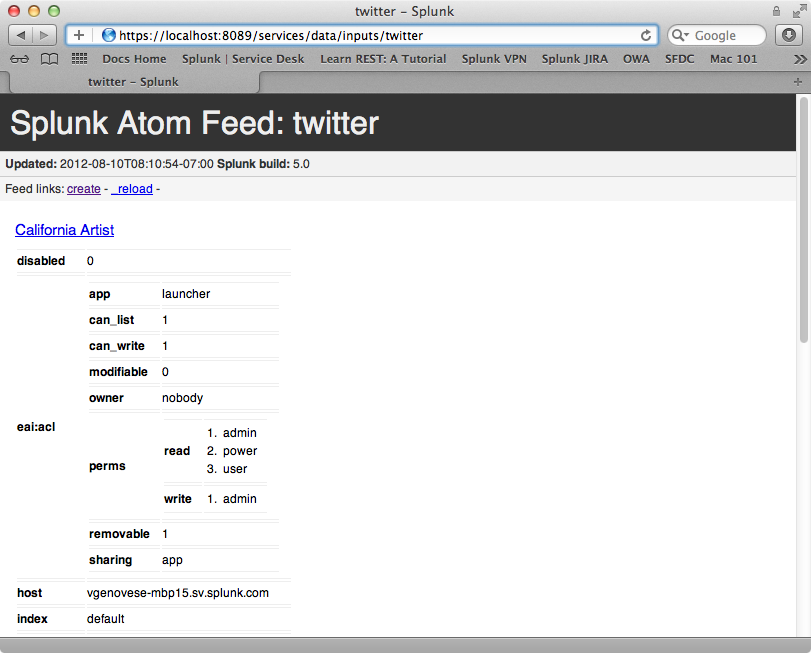

The DispatcherServlet gets an entry of handler mapping from the XML file and forwards the request to the controller.As displayed in the figure, all the incoming request is intercepted by the DispatcherServlet that works as the front controller.It is responsible to manage the flow of the Spring MVC application. Front Controller - In Spring Web MVC, the DispatcherServlet class works as the front controller.Although spring also supports other view technologies such as Apache Velocity, Thymeleaf and FreeMarker. Generally, JSP+JSTL is used to create a view page. View - A view represents the provided information in a particular format.Here, the annotation is used to mark the class as the controller. Controller - A controller contains the business logic of an application.A data can be a single object or a collection of objects. Model - A model contains the data of the application.Here, DispatcherServlet is a class that receives the incoming request and maps it to the right resource such as controllers, models, and views. It implements all the basic features of a core spring framework like Inversion of Control, Dependency Injection.Ī Spring MVC provides an elegant solution to use MVC in spring framework by the help of DispatcherServlet. It follows the Model-View-Controller design pattern. FeatureĪlert Action - Tag to Dynamic Address ListĬommand: pancontentpack with PAN-OS = 8.A Spring MVC is a Java framework which is used to build web applications. The permissions needed depend on which features will be used. Optionally, you can create a user for Splunk on the firewall or Panorama, and reduce the user's role to just what is required. Optional: Create a Splunk User on Firewall/Panorama Share context with Dynamic Address Groups.The credentials are encrypted by Splunk and used for the following features:

Only one set of credentials can be entered with this name. To configure credentials, navigate to the Add-on, click the Palo Alto Networks menu in the top left of the App, and click Configuration.Įnter the credentials for your Firewall or Panorama and name the credentials "Firewall". To use Adaptive Response or the custom searchbar commands, please configure the Add-on with credentials for your Firewall or Panorama. Video: Applying Order to Computing Chaos Configure Adaptive Response Video from a session at Ignite 2015 explains Dynamic Address Groups in more detail with several use cases including asset management: The behaviors are defined by your security policy, and how you treat IP addresses with specific tags. You could tag an IP address/User for additional scrutiny by the Threat Prevention engine, or as a known trusted server to be given additional permissions. The firewall would add the IP address to the Dynamic Address Group in the policy automatically and begin blocking the IP.īlocking a bad actor is just the beginning, and you aren't limited to allow or deny as your options. Initially, no IP addresses would be blocked, but you can create a search in Splunk for criteria that represents a problem device, and trigger a tagging of that IP address with the 'bad-actor' tag. For example, you could create a rule in the security policy that blocks any IP address with the tag 'bad-actor'. Tagging an IP address/User means setting metadata or context on the firewall for that IP/User, which causes it to be added to corresponding Dynamic Address/User Groups in the firewall security policy. Share context with Dynamic Address/User Groups Use the pantag command to share context from Splunk to the firewall for automated remediation. Set Up Adaptive Response Automated Remediation


 0 kommentar(er)
0 kommentar(er)
